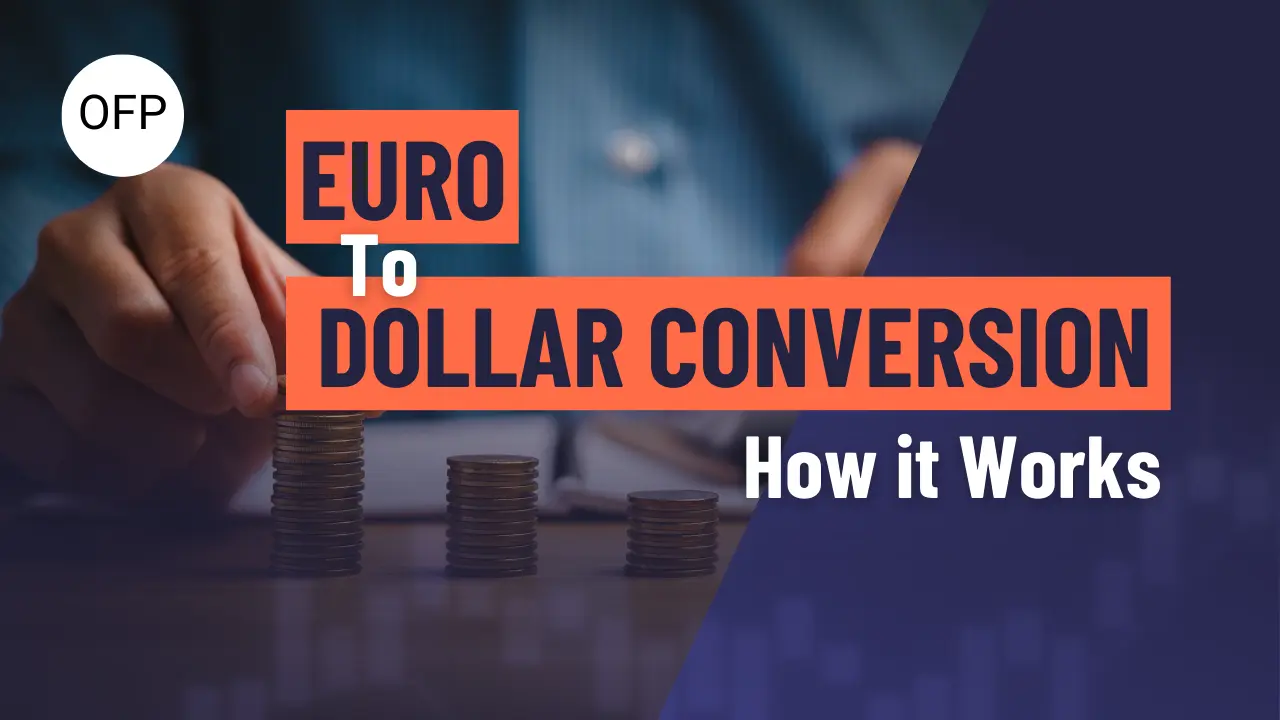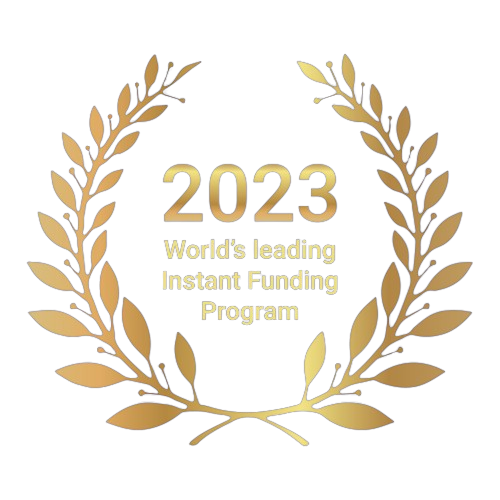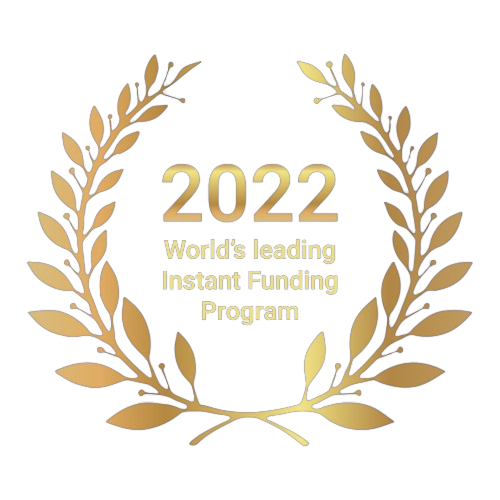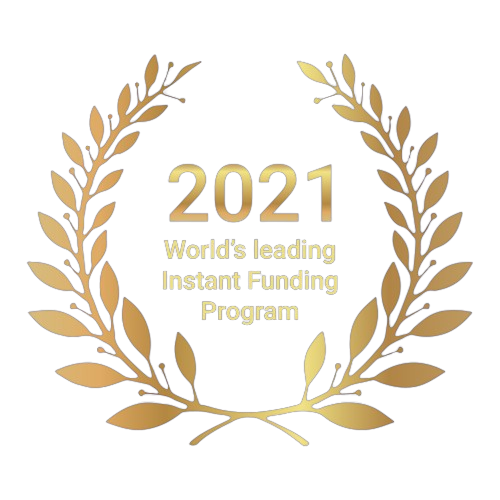
The exchange rate between euros and dollars is a pivotal aspect of global economics, influencing trade, investment, tourism, and various financial transactions worldwide. Understanding the dynamics behind this exchange rate is essential for businesses, investors, policymakers, and individuals alike. In this comprehensive article, we delve into the factors, trends, and implications of euros to dollar conversion, shedding light on its significance in the contemporary economic landscape. The exchange rate between two currencies is primarily determined by a multitude of factors, including economic activity, market interest rates, gross domestic product (GDP), and the unemployment rate in each respective country.
Referred to as market exchange rates, these rates are established within the global financial marketplace, where banks and financial institutions engage in currency trading around the clock, leveraging these factors as key determinants. Fluctuations in exchange rates are common and can occur on an hourly or daily basis, ranging from minor adjustments to significant incremental shifts. These fluctuations reflect changes in market dynamics, investor sentiment, and economic conditions within each country. Exchange rates are typically denoted using acronyms representing the national currencies they pertain to. For instance, USD signifies the U.S. dollar, while EUR denotes the euro.
Table of Contents
How Exchange rates fluctuate
The fluctuation of exchange rates can be attributed to two primary systems: free-floating and fixed. In a free-floating exchange rate system, currency values rise and fall in response to shifts within the foreign exchange market. Conversely, in a fixed exchange rate system, the value of a currency is tethered to that of another currency. For instance, the Hong Kong dollar maintains a fixed exchange rate range of 7.75 to 7.85 against the U.S. dollar, ensuring stability within this predetermined band.
Exchange rates are characterized by two key values: the spot rate, representing the current market value, and the forward rate, which is contingent on anticipated currency fluctuations relative to the spot price. Fluctuations in forward rate values are often driven by expectations regarding future interest rate differentials between countries. For instance, if traders anticipate that the eurozone will implement looser monetary policies compared to the United States, they may opt to purchase the dollar over the euro. Consequently, this speculation can lead to a depreciation of the euro against the dollar, reflecting the downward trend in its value.
Euro and Us dollar Exchange rate examples
Let’s consider a scenario involving a traveler from the United States visiting Italy who wishes to exchange currency. The traveler initially desires €200 worth of USD upon arriving in Italy. Here, the sell rate represents the rate at which the traveler sells their foreign currency for local currency, while the buy rate pertains to the rate at which foreign currency is repurchased using local currency. Given the hypotetical exchange rate of 1.05, the traveler would receive approximately €190.48 in return for $200. Using the formula: dollars ÷ exchange rate = euros
$200 ÷ 1.05 = €190.48
Now, after the trip, let’s assume €66 remains. If the exchange rate has dropped to 1.02, the conversion from euros to dollars would yield around $67.32.
Calculating as follows: €66 x 1.02 = $67.32
It’s important to note that the calculation method differs when dealing with the Japanese yen, denoted as USD/JPY. In this case, the dollar is placed before the yen.
For instance, if a traveler wishes to convert $100 into yen at an exchange rate of 110, they would receive ¥11,000. To convert yen back into dollars, one would divide the amount of currency by the exchange rate.
Thus, $100 x 110 = ¥11,000.00
Alternatively, ¥11,000.00 divided by 110 equals $100.
Factors Influencing Euros to Dollar Conversion
- Interest Rates: Central bank policies, particularly those of the European Central Bank (ECB) and the Federal Reserve (Fed), play a crucial role in determining interest rates. Higher interest rates in the United States relative to the Eurozone typically attract foreign investment, leading to an appreciation of the dollar against the euro.
- Economic Indicators: Key economic indicators such as GDP growth, inflation rates, employment data, and trade balances influence market sentiments and investor confidence in both the Eurozone and the United States. Stronger economic fundamentals often lead to a stronger currency.
- Geopolitical Events: Political stability and geopolitical events can significantly impact currency values. Uncertainty or instability in either the Eurozone or the United States can lead to fluctuations in the exchange rate as investors seek safe-haven currencies.
- Trade Balance and Current Account: The trade balance, which reflects the difference between exports and imports, and the current account balance, which includes trade in goods and services as well as investment income, affect currency valuation. Persistent trade deficits may lead to depreciation of the currency.
- Market Speculation and Sentiment: Currency markets are also influenced by speculative trading and market sentiment. News events, geopolitical tensions, and changes in economic policies can trigger rapid shifts in investor sentiment, leading to short-term fluctuations in exchange rates.
Trends in Euros to Dollar Conversion
Over the years, the euros to dollar exchange rate has exhibited notable trends influenced by various macroeconomic factors:
- Historical Trends: Since its inception in 1999, the euro has experienced periods of strength and weakness against the US dollar. Initially, the euro traded at a relatively low value compared to the dollar but gradually appreciated over time, reaching its peak in 2008.
- Financial Crises and Economic Events: Major financial crises and economic events, such as the global financial crisis of 2008-2009 and the European debt crisis of 2010-2012, have significantly impacted the exchange rate between the euro and the dollar. During times of crisis, investors often flock to safe-haven currencies like the dollar, leading to its appreciation against the euro.
- Quantitative Easing and Monetary Policy: The implementation of quantitative easing (QE) by central banks, including the ECB and the Fed, has had profound effects on currency exchange rates. QE programs, aimed at stimulating economic growth and combating deflationary pressures, can lead to currency depreciation as central banks increase the money supply.
- Global Economic Conditions: Shifts in global economic conditions, including changes in commodity prices, geopolitical tensions, and shifts in global supply chains, can impact the relative strength of currencies. The COVID-19 pandemic, for example, caused significant disruptions to global trade and economic activity, leading to fluctuations in currency markets.
Implications of Euros to Dollar Conversion
The exchange rate between euros and dollars carries significant implications for various stakeholders:
- International Trade and Investment: Businesses engaged in international trade and investment must closely monitor currency exchange rates to assess their competitiveness in foreign markets and manage currency risk. A stronger euro relative to the dollar may make Eurozone exports more expensive, potentially dampening export-oriented industries.
- Tourism and Travel: Currency exchange rates influence the purchasing power of tourists and travelers visiting Eurozone countries or the United States. A stronger euro can make travel to the Eurozone more expensive for US tourists, while a weaker euro may attract more foreign visitors.
- Monetary Policy and Central Bank Actions: Central banks closely monitor exchange rates as part of their monetary policy decisions. Exchange rate movements influence inflation, import prices, and overall economic stability, prompting central banks to intervene in currency markets to achieve their policy objectives.
- Investment Decisions: Currency exchange rates play a crucial role in investment decisions, particularly for multinational corporations and investors with diversified portfolios. Fluctuations in exchange rates can impact the returns on foreign investments and assets denominated in foreign currencies. If traders are seeking to understand exchange rates, trade effectively, and potentially profit from their endeavors, they can consider joining OFP prop firm.
Ready to skip the hassle of evaluations and get started with an instantly funded account?
CLICK THE BUTTON BELOW and customize your Instant Funded account with OFP Funding today!






